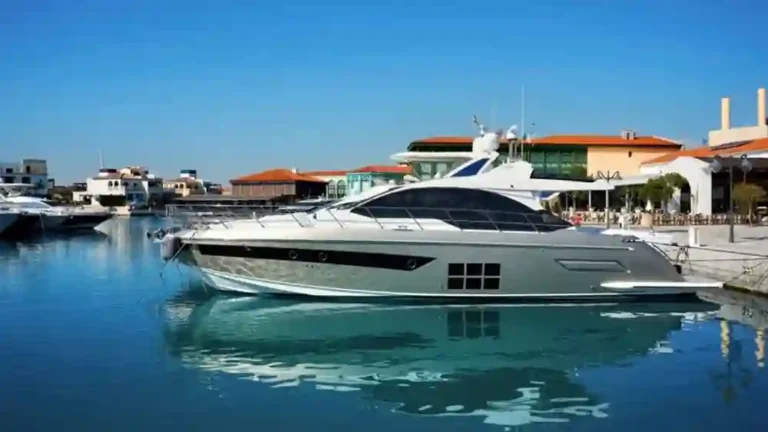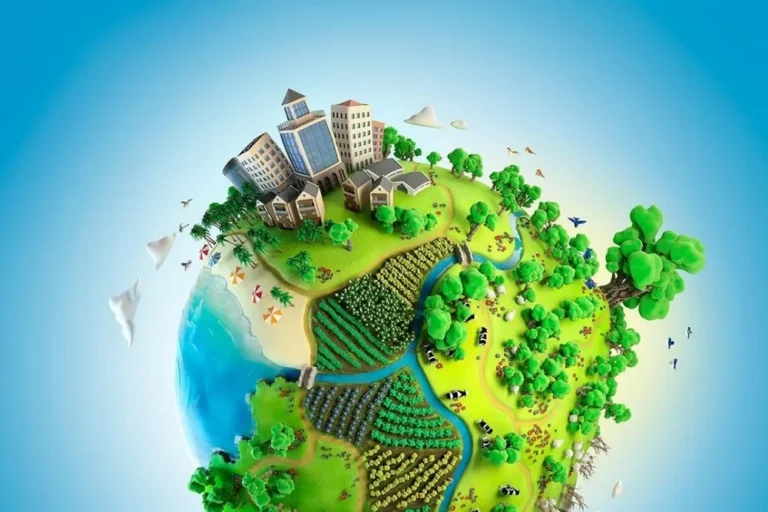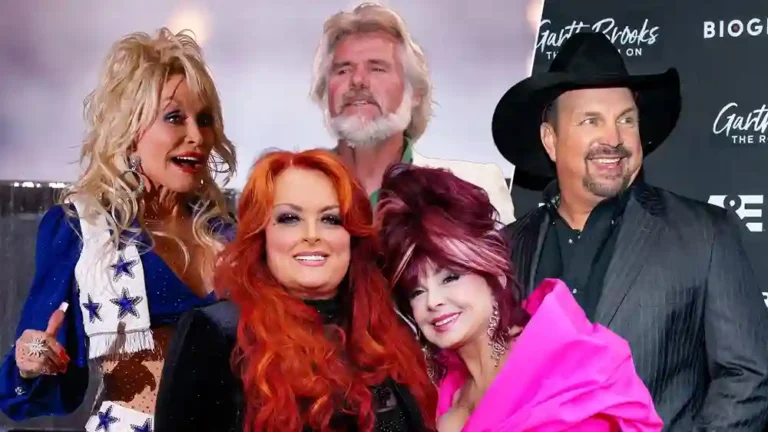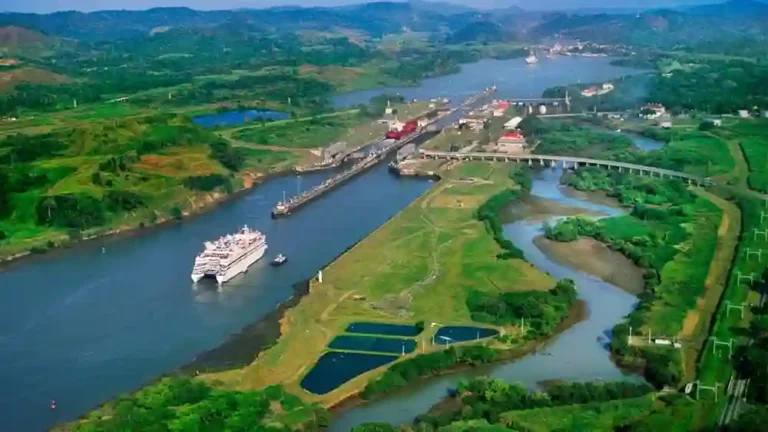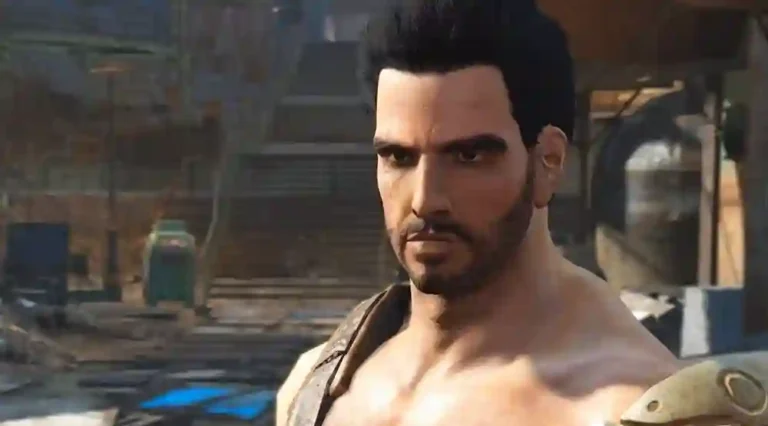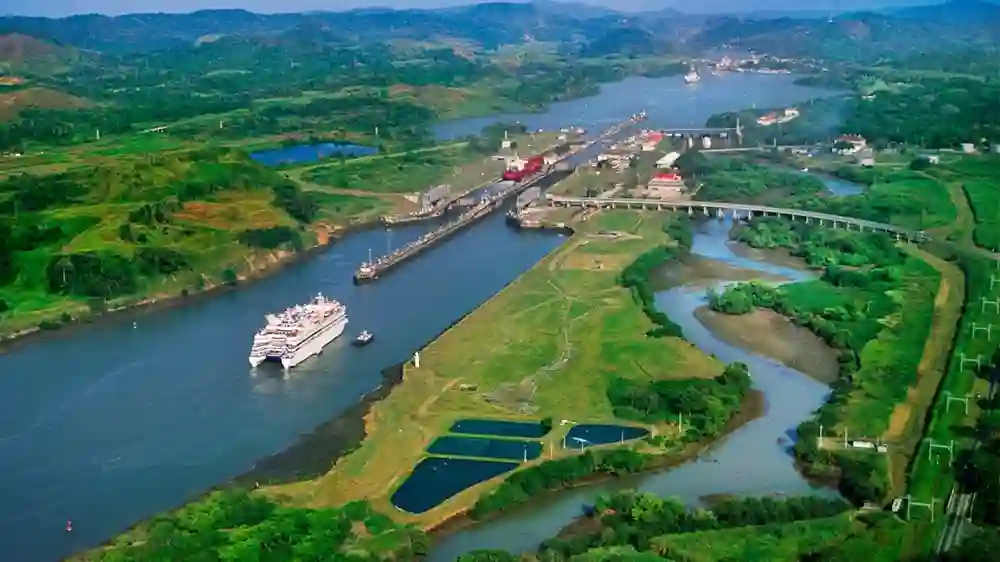
Okay, so you know the Panama Canal is this giant shortcut for ships, right? But, did you ever learn about the real drama behind it? The stuff that never made it into the school textbooks? Yeah, that’s what we’re diving into here. From botched French attempts to weird facts about how they built it, there’s more to this thing than just a bunch of concrete and water.
Let’s Talk About the Strategic Importance
The Panama Canal connects the Pacific to the Atlantic. Pretty simple, right? But trust me, the whole world kind of depends on it, more than you might think. I mean, really depends on it.
Why It’s a Big Deal
- Ships save hella time—like, 8,000 miles in some cases.
- It’s basically the shipping version of a secret freeway.
- And it’s not just for cargo; military ships use it all the time too.
Without it? You’re looking at a looooong, expensive journey all the way around South America. So yeah, the Panama Canal is kinda important.
Wait, Did I Mention the French Mess?
Oh, you thought it was smooth sailing for the Americans, right? Think again. The Panama Canal almost didn’t happen—thanks to the French.
The Tragic French Fiasco
- In 1881, a guy named Ferdinand de Lesseps (who built the Suez Canal) decided to take a swing at it.
- Spoiler alert: it was a disaster. The tropical diseases wiped out a bunch of workers. 20,000 dead. Yikes.
- Lesseps was pretty sure he’d nailed it, but instead, the project just slowly turned into a graveyard.
My guess is, if the French had checked the weather forecast and read up on malaria, things might have gone differently. Maybe.
Enter the U.S.: The Save-The-Day Moment
Fast forward past three failed attempts and boom, the U.S. swoops in like a superhero with a plan. In 1904, they took over the whole operation, and guess what? They totally revamped it.
Here’s How They Did It
- First, they ditched the sea-level plan (because, duh, mountains).
- Instead of going around them, they built massive locks to raise and lower the ships.
- They even created a lake to help the whole thing run smoothly. Talk about thinking ahead.
I honestly can’t imagine how cool it must have been to stand there in 1914, watching the first ship sail through, knowing you were part of that history.
Health Battles: No One Told Me About This
Now, let me tell you something. The Panama Canal didn’t just get built with sweat and tools. Oh no, it was built with a whole lot of medicine.
The Crazy Health Campaign
- First, they realized, “Hey, mosquitoes are a problem,” and then they went into full anti-malarial mode.
- The U.S. even drained swampy areas and fumigated buildings. Totally next-level.
- Yellow fever? They got that under control too. Trust me, this was a big deal.
I’m pretty sure, had I been there, I’d have been one of the first to catch some tropical disease. I’m just not cut out for that kind of heat.
Dollars and Tolls: More Than Just a Shortcut
It’s not just the convenience of the Panama Canal that matters. It’s also a goldmine. Yep, they charge ships a fee to go through. A BIG fee.
The Real Money Behind It
- Tolls depend on the size of the ship and the cargo. Big container ships pay more. Shocking, right?
- Fun fact: One of the highest tolls ever paid? A whopping $450,000 for a single transit.
That’s like charging someone a small fortune just to avoid a super-long detour. And Panama? Well, it’s reaping the rewards.
Water, Water Everywhere… But Not Always Enough
So, here’s the kicker: the Panama Canal depends on a lot of water to operate. Like, a lot. We’re talking about millions of gallons to help ships get through the locks.
It’s Actually Pretty Dependent on Rain
- They use water from an artificial lake to fill the locks.
- Climate change? Yeah, it’s kind of a big deal here. Less rain means fewer ships.
- There was even a drought in 2019 that seriously messed things up.
If I ever complain about water shortages in my own backyard, I’ll remember the Panama Canal—because there’s a whole country depending on it.
New Locks, New Ships: The Expansion
In 2016, they expanded the Panama Canal to handle larger ships—because of course they did. Bigger ships mean more money, right?
The Big Upgrades
- They added a third lane and some huge new locks.
- These “New Panamax” ships can carry up to 14,000 containers. Imagine that.
- The whole upgrade cost $5.2 billion. No biggie.
I can’t even imagine the logistics of this. I can barely organize a small dinner party, let alone run a billion-dollar project.
The Canal That’s Still Changing the World
Now, the Panama Canal isn’t just a relic of the past. It’s still shaping geopolitics and trade in ways we don’t always realize.
Why It’s Still So Important
- Without it, global trade would be a mess. Really, a mess.
- There are growing concerns about China getting more involved in Panama’s economy. They’re eyeing the canal like a hawk.
- The U.S. still keeps a close watch on it too, because, you know, it’s important for military reasons.
Fast forward, and we’re still kind of relying on this canal like it’s 1914.
Fun Facts You Definitely Won’t Hear in School
Alright, let’s get into some weird stuff about the Panama Canal. Like, facts that’ll make you say, “Wait, seriously?”
The Weird, But True
- The canal zigzags—it’s not even a straight line. So much for efficiency, right?
- Ships get moved through the locks by “mules”—no, not real mules. It’s a type of locomotive.
- They don’t actually use pumps for the locks. It’s all gravity and the lake’s water. Mind-blowing.
Oh, and fun fact: the Panama Canal has the same number of locks as the lock on my first high school locker. That thing was a nightmare.
The End of an Era: The Canal’s Handover
Let’s talk about the big, dramatic moment in 1999 when Panama took control of the Panama Canal. It was a huge deal.
The Big Change
- The U.S. agreed to give Panama full control, but it was a process.
- The handover was a huge deal for Panamanians, and the whole world was watching.
If you were alive then, you probably remember the global attention on that day. I was in college, and my biggest concern was whether my WiFi would load.
The Future: Still Going Strong
If you think the Panama Canal is just going to sit there being an old relic, you’ve got another thing coming. There’s a lot more to come.
What’s Next?
- Maybe a fourth set of locks? I wouldn’t put it past them.
- More tech to track ships and manage traffic more smoothly.
- But let’s be real—climate change is going to keep complicating things.
Anyway, the Panama Canal isn’t going anywhere. It’s still keeping the global economy afloat. Literally.
Wrapping It Up
So there you have it. The Panama Canal is way more than just a shortcut. It’s an engineering miracle, a political battlefield, and an environmental challenge all wrapped into one. And the crazy thing? We’re still depending on it—so let’s hope it holds up.
Oh, and next time you’re sitting on a ship crossing the canal, just remember: that shortcut saved your day—and probably your business too. You’re welcome.
